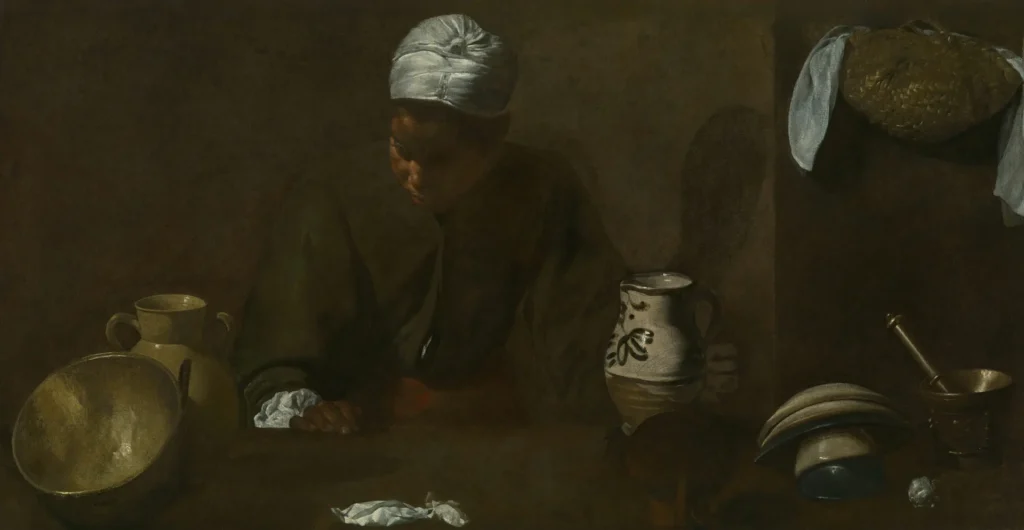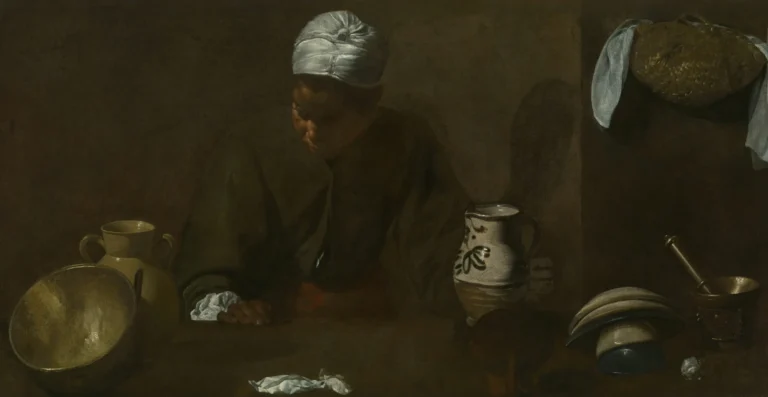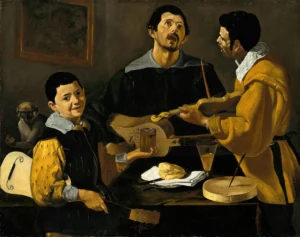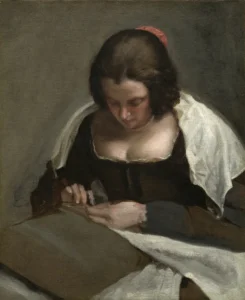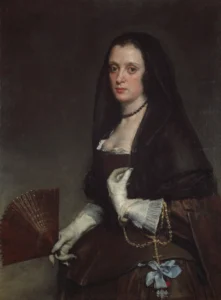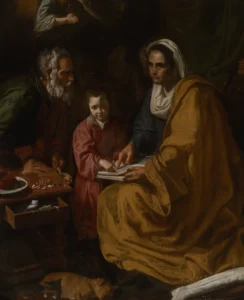Kitchen Scene (1618-22)
The Kitchen Scene by Diego Velázquez, created between 1618 and 1622, reveals a poignant moment in a kitchen, featuring a young African woman engaged in domestic work. Known also as 'Kitchen Maid' or 'La mulata,' this painting is notable for its intricate detailing and representation of social dynamics. Velázquez's use of light and shadow enhances the realism and tactile quality of the work, contributing to its significance in the art world. Multiple versions exist, each offering unique insights into Velázquez's early artistic journey.
1618 - 1622
About the Artwork
This remarkable painting emerged during Velázquez's formative years in Seville, a time when he was honing his skills in genre painting. The work depicts a young African woman, likely in servitude, encapsulating the societal norms of the era, where domestic service was commonplace, particularly among enslaved individuals. Velázquez's careful attention to the details of the kitchen environment further immerses viewers in the daily lives of marginalized people. The piece reflects not only the social dynamics of 17th-century Spain but also Velázquez's progressive artistic vision. His adaptations of light and shadow influenced future generations of artists and positioned him as a master of realism and emotional depth.
Did You Know
Velázquez drew inspiration from Flemish engravings and possibly Caravaggio, marking a blend of Northern Renaissance techniques with his emerging stylistic identity in Spain.
The painting serves as a social commentary on the position of Africans in 17th-century Spain, highlighting the realities of domestic servitude and the often-overlooked narratives of enslaved individuals.
There are several known versions of Kitchen Scene. including those at the Art Institute of Chicago and the National Gallery of Ireland, each showcasing different artistic qualities and historical contexts.




